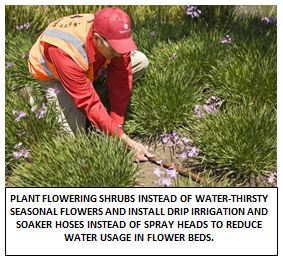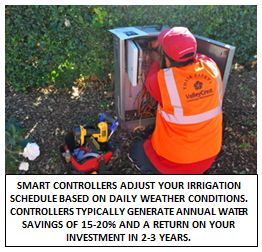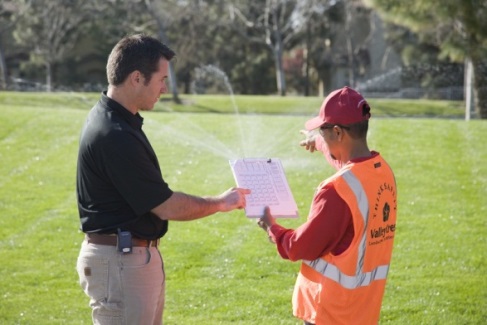Today, more than ever, smarter water management plans are required at properties across the country. Boards must examine all aspects of a budget to find ways to minimize costs yet still achieve the highest standards of operational performance. Water efficiency and irrigation programs can help create value, improve the environment, and produce impressive results for the bottom line.
For many HOA’s, water conservation is a fact of life. But for others, water may not be perceived as a precious resource simply because it seems to be plentiful in their area and is relatively inexpensive. Yet, it is a limited natural resource that we shouldn’t waste. Adopting a smart water management program now is a critical component to operating a community at peak efficiency at all times, not just when irrigation restrictions exist.

Cutting costs through sustainable landscape practices makes financial sense too. HOA’s around the country are learning that they can enhance the bottom line in a number of ways including making the grounds more aesthetically pleasing and sustainable which plays a role in improved homeowner retention and property values.
WHERE TO START
Smart water conservation programs could include adopting more eco-friendly landscape programs and reducing landscape operating costs at the same time. A good starting place is to create a landscape management plan that focuses on three components:
- Making horticultural improvements
- Reducing water consumption
- Sending less waste to landfills

Initially, that means determining water consumption and maintenance costs required to sustain the current landscape, identifying plants that require the most water, and determining fertilizer needs – all of which can reveal some opportunities for improvement.
The landscape program may also encompass a plant density reduction plan, resulting in the removal of some plants that required significant amounts of water. Plants that required watering five days can be replaced with shrubs requiring only two days of irrigation.
TIPS FOR AN EFFECTIVE WATER MANAGEMENT PROGRAM
Water-conserving drip irrigation systems can be systematically installed and properties can be retrofitted with smart, weather-based controllers, which lower irrigation water usage on average 24 percent a year. Despite the initial investment, programs can contribute significant reductions – for instance, one customer saved more than 81 million gallons of water.

At a different community, significant savings were realized as a result of the installation of 70 smart irrigation controllers. The owner also installed subsurface drip irrigation on 86 stations and converted nearly 163,000 square feet of high input plants to sustainable native plants. Other water smart measures included hydro-zoning where plants are grouped based on water needs, converting onsite tree trimmings into natural mulch, converting shallow-rooted ground cover into drought tolerant shrubs with a drip rather than spray irrigation system, and reducing turf areas under canopy trees.
These tips and examples show that positive results occur when HOA boards treat their community’s landscape as an asset and practice sustainable principles such as water and waste reduction. The value of the landscape increases, spending on maintenance decreases, less water is used and more environmentally-friendly processes are integrated into standard operations. Ultimately, a smart water management program can help a community run more efficiently, which is good news for the environment and annual budget.

